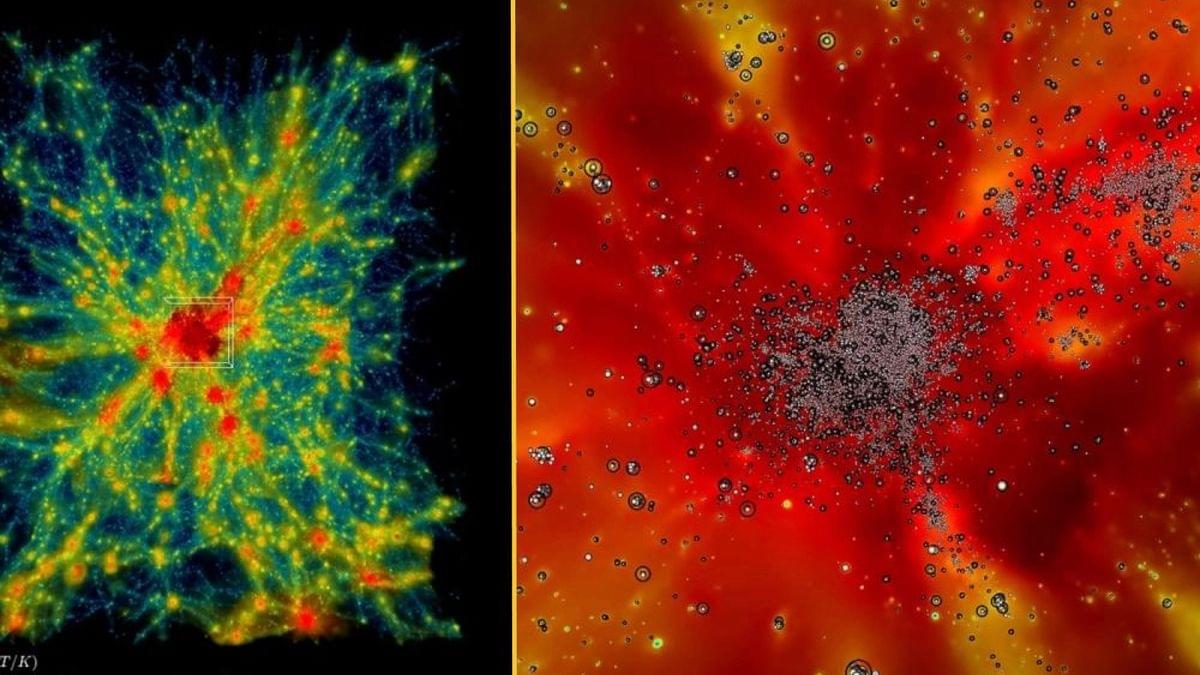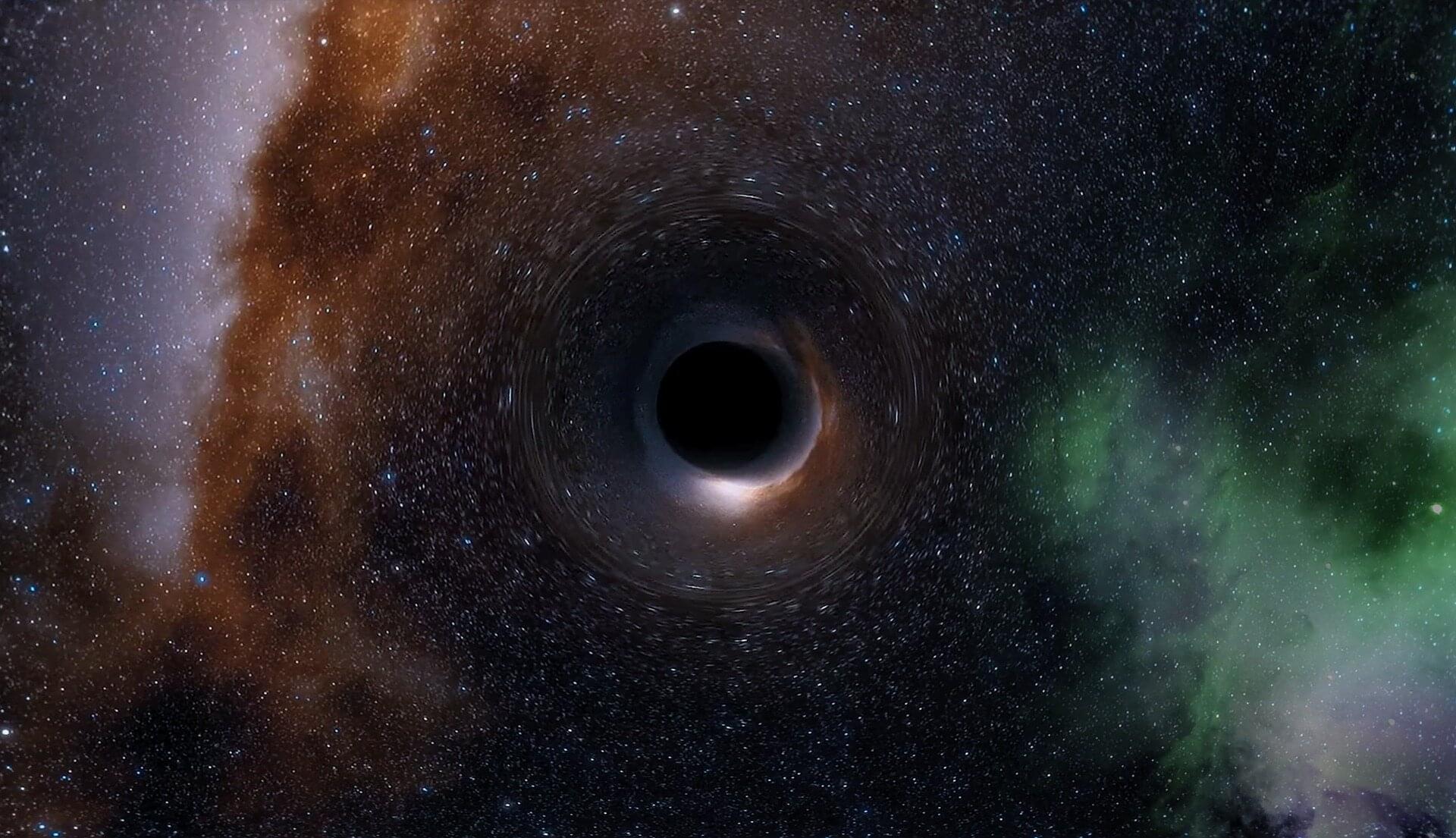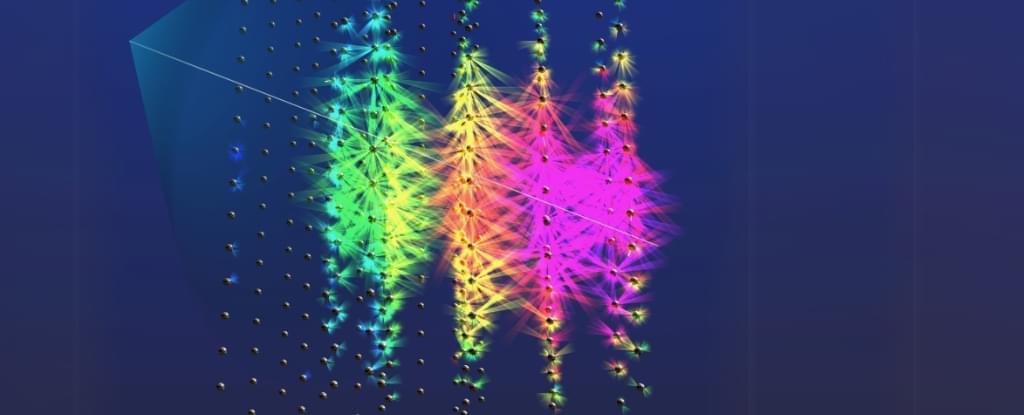What if the “magic” of tomorrow is just science we don’t yet understand? In this episode, we explore the wildest speculative technologies—faster-than-light travel, Dyson Spheres, teleportation, wormholes, and more. Could these breakthroughs redefine our future or explain the Fermi Paradox? Find out as we dive into the impossible! Watch my exclusive video Big Alien Theory https://nebula.tv/videos/isaacarthur–… Nebula using my link for 40% off an annual subscription: https://go.nebula.tv/isaacarthur Get a Lifetime Membership to Nebula for only $300: https://go.nebula.tv/lifetime?ref=isa… Use the link gift.nebula.tv/isaacarthur to give a year of Nebula to a friend for just $30. Visit our Website: http://www.isaacarthur.net Join Nebula: https://go.nebula.tv/isaacarthur Support us on Patreon: / isaacarthur Support us on Subscribestar: https://www.subscribestar.com/isaac-a… Facebook Group:
/ 1,583,992,725,237,264 Reddit:
/ isaacarthur Twitter:
/ isaac_a_arthur on Twitter and RT our future content. SFIA Discord Server:
/ discord Credits: Impossible Technologies: The Clarketech Compendium Episode 486a; February 16, 2025 Written, Produced & Narrated by: Isaac Arthur Editors: Ludwig Luska, Thomas Owen, Lukas Konecny Graphics: Jeremy Jozwik, Ken York YD Visual, Mihail Yordanov, Sergio Botero Select imagery/video supplied by Getty Images Music Courtesy of Epidemic Sound http://epidemicsound.com/creator Phase Shift, “Forest Night” Chris Zabriskie, “Unfoldment, Revealment”, “A New Day in a New Sector”, “Oxygen Garden” Stellardrone, “Red Giant”, “Billions and Billions” Lombus, “Hydrogen Sonata” “Cosmic Soup” Segments/Breaks 0:00 Intro 2:00 Defining Clarketech 5:00 Fermi Paradox & Implications 7:59 Ascension Machines & Apotheosis 10:53 Anti-Gravity 13:00 Attotech 14:57 Dark Matter Manipulation 17:02 Disintegration Devices 21:07 Dyson Sphere 25:52 Big Alien Theory 27:17 Entropy Manipulation 32:37 Faster-than-Light Travel (FTL) 35:06 Femtotech 38:36 Field Nullifiers & Amplifiers 41:17 Hammerspace 43:59 Kugelblitz Black Holes 47:36 Magmatter 50:02 Mass Manipulation 52:05 Matter-to-Energy Conversion 56:31 Negative Matter & Mass 58:07 Neutronium 59:47 Parallel Universes & Alternate Realities 1:01:47 Perpetual Motion Machine 1:05:06 Photogravitics & Photoneutrino Devices 1:07:32 Probability Manipulation 1:08:33 Reactionless Drive 1:10:08 SFIA Intermission 1:10:46 Slow Time Fields 1:12:52 Subverse Creation 1:14:11 Technological Suppression Zones 1:16:40 Teleportation & Gateways 1:18:14 Tachyon Tech 1:20:32 Time Manipulation 1:23:27 Utility Fog & Smart Matter 1:27:06 Wormholes 1:28:39 Zero Point Energy 1:30:20 Outro.
Category: cosmology – Page 67

Eye told you so: Why illusions are all in the eye of the beholder
Our brain and eyes can play tricks on us—not least when it comes to the expanding hole illusion. A new computational model developed by Flinders University experts helps to explain how cells in the human retina make us “see” the dark central region of a black hole graphic expand outwards.
In a new article posted to the arXiv preprint server, the Flinders University experts highlight the role of the eye’s retinal ganglion cells in processing contrast and motion perception—and how messages from the cerebral cortex then give the beholder an impression of a moving or “expanding hole.”
“Visual illusions provide valuable insights into the mechanisms of human vision, revealing how the brain interprets complex stimuli,” says Dr. Nasim Nematzadeh, from the College of Science and Engineering at Flinders University.
A Supermassive Black Hole Is on a Collision Course With The Milky Way
A Milky Way collision with a supermassive black hole might be closer than we thought.
Hidden deep in the Large Magellanic Cloud dwarf galaxy that orbits the Milky Way on an ever-closing loop, signs of a massive invisible object clocking in at around 600,000 times the mass of the Sun have been detected.
Since the Large Magellanic Cloud will one day collide with our own galaxy, that means the black hole is also destined to come crashing in.
From collisions to stellar cannibalism—the surprising diversity of exploding white dwarfs
Astrophysicists have unearthed a surprising diversity in the ways in which white dwarf stars explode in deep space after assessing almost 4,000 such events captured in detail by a next-gen astronomical sky survey. Their findings may help us more accurately measure distances in the universe and further our knowledge of “dark energy.”
The dramatic explosions of white dwarf stars at the ends of their lives have for decades played a pivotal role in the study of dark energy—the mysterious force responsible for the accelerating expansion of the universe. They also provide the origin of many elements in our periodic table, such as titanium, iron and nickel, which are formed in the extremely dense and hot conditions present during their explosions.
A major milestone has been achieved in our understanding of these explosive transients with the release of a major dataset, and associated 21 publications in an Astronomy & Astrophysics special issue.

Quantum gravity (black holes) part 1
A comprehensive video explaining quantum gravity.
Here I discuss EPR or ER and discuss three experiment. Here I took information from professor Leonard Susskind lectures note book and some idea is taken from physics books notes.

Eliminating singularities: Physicists describe the creation of black holes through pure gravity
Traditional black holes, as predicted by Albert Einstein’s theory of General Relativity, contain what are known as singularities, i.e., points where the laws of physics break down. Identifying how singularities are resolved in the context of quantum gravity is one of the fundamental problems in theoretical physics.
Now, a team of experts from the Institute of Cosmos Sciences of the University of Barcelona (ICCUB) has described for the first time the creation of regular black holes from gravitational effects and without the need for the existence of exotic matter required by some previous models.
This discovery, published in the journal Physics Letters B, opens up new prospects for improving our understanding of the quantum nature of gravity and the true structure of space-time.

Record-Breaking Neutrino From Deep Space Spotted by Undersea Telescope
High-energy particles rain down on Earth constantly, but scientists have now detected a doozy: a neutrino blasting in from deep space with an energy far greater than anything we’ve seen before.
On 13 February 2023, an undersea detector off the coast of Sicily picked up a record-breaking neutrino event. The particle’s energy was estimated to be a whopping 220 petaelectronvolts (PeV) – for reference, the previous record-holder is a paltry 10 PeV.
Only a handful of astronomical objects are capable of accelerating particles to such extreme energies, such as supernovae or black holes. One possible culprit could be a blazar – a particularly active supermassive black hole that’s firing a jet of radiation almost directly at Earth.
AI Talks ♯238: ChatGPT Convinced me to write an actual research paper on this
https://www.youtube.com/@The.AI.podcasts.
AI, Deep Dive, spacetime inertia, unified energy framework, gravity, dark matter, dark energy, black holes, emergent gravity, energy inertia, mass-energy interactions, missing mass problem, cosmic expansion, event horizon mechanics, Einstein’s General Relativity, spacetime curvature, galactic rotation curves, quantum field theory, spacetime as energy, energy resistance, inertial effects, graviton alternative, energy density distribution, inverse-square law, gravitational lensing, galactic halos, high-energy cosmic regions, X-ray emissions, electromagnetic fields, cosmological constant, accelerating universe, large-scale inertia, spacetime resistance, event horizon physics, singularity alternatives, James Webb Space Telescope, early galaxy formation, modified gravity, inertia-driven cosmic expansion, energy saturation point, observational cosmology, new physics, alternative gravity models, astrophysical testing, theoretical physics, unification of forces, experimental validation, fundamental physics revolution, black hole structure, cosmic energy fields, energy gradient effects, resistance in spacetime, extreme energy zones, black hole event horizons, quantum gravity, astrophysical predictions, future space observations, high-energy astrophysics, cosmic structure formation, inertia-based galaxy evolution, spacetime fluid dynamics, reinterpreting physics, mass-energy equivalence.
Description:
In this deep dive into the nature of gravity, dark matter, and dark energy, we explore a groundbreaking hypothesis that could revolutionize our understanding of the universe. What if gravity is not a fundamental force but an emergent property of spacetime inertia? This novel framework, proposed by Dave Champagne, reinterprets the role of energy and inertia within the fabric of the cosmos, suggesting that mass-energy interactions alone can account for gravitational effects—eliminating the need for exotic matter or hypothetical dark energy forces.
We begin by examining the historical context of gravity, from Newton’s classical mechanics to Einstein’s General Relativity. While these theories describe gravitational effects with incredible accuracy, they still leave major mysteries unsolved, such as the unexplained motions of galaxies and the accelerating expansion of the universe. Traditionally, these anomalies have been attributed to dark matter and dark energy—hypothetical substances that have yet to be directly observed. But what if there’s another explanation?
By treating spacetime itself as an energy field with intrinsic inertia, we propose that gravitational effects arise naturally from the resistance of this energy to changes in motion. Just as mass resists acceleration due to inertia, energy may also exhibit resistance at cosmic scales, leading to effects that mimic gravity, dark matter, and dark energy. This perspective offers a fresh way to interpret the missing mass problem, suggesting that the high-energy environments surrounding galaxies create inertia effects that explain their rotational speeds—without requiring an invisible mass component.
We explore how this framework extends to cosmic expansion. Instead of postulating an unknown repulsive force (dark energy), spacetime inertia may drive the acceleration of the universe as a natural consequence of energy distribution at vast scales. Could this be an alternative to Einstein’s cosmological constant? We analyze how large-scale resistance effects could account for the observations of an accelerating cosmos.

Einstein Was Right — Euclid Just Captured Space-Time Warping in a Perfect Cosmic Ring
Euclid, a space telescope on a mission to uncover the secrets of dark matter and dark energy, has already made a stunning discovery: a perfectly formed Einstein ring hidden in a well-known galaxy.
This rare phenomenon, predicted by Einstein’s theory of relativity, reveals the power of gravitational lensing, allowing scientists to glimpse far-off galaxies otherwise invisible. The find is a testament to Euclid’s groundbreaking capabilities, suggesting a future filled with even more cosmic surprises.
Euclid’s Mission Begins